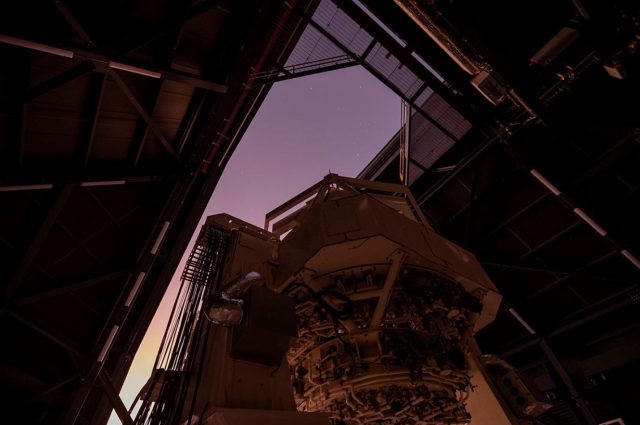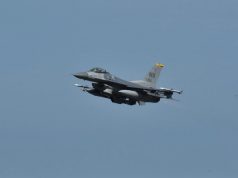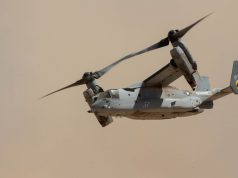
The United States Space Force (USSF) and the Australian defense ministry have achieved initial operational capability for the space surveillance telescope (SST) that will provide enhanced space domain awareness for both countries.
As announced at the 2012 Australia-United States Ministerial Consultations (AUSMIN), SST was relocated to Australia from the US to strengthen the US space surveillance network’s ability to track space assets and debris and provide warnings of possible collisions between space objects.
In March 2020, the SST captured its first images of objects in space from its new location.
Since 2020, the telescope has undergone a testing and evaluation program to prove it is ready for ongoing operations.
With testing complete, the SST will allow greater space domain awareness by providing ground-based, broad-area search, detection and tracking of faint objects in deep space.
Commander Defence Space Command, Air-Vice Marshal (AVM) Cath Roberts said this milestone was an important step for the Alliance and the future of space capability in Australia.
“In an increasingly contested and congested space environment, The Space Surveillance Telescope will provide enhanced awareness of the space domain and contribute to greater Alliance cooperation,” AVM Cath Roberts said.
”The bespoke facilities and supporting infrastructure are as much of a milestone as the telescope itself and represent a significant achievement by Defence and Australian industry.”
The telescope was developed by the US Defense Advanced Research Projects Agency in cooperation with the Massachusetts Institute of Technology. Prior to being moved to Western Australia’s Coral Coast, it was installed at the White Sands Missile Range, New Mexico. The capability is owned by the United States but operated by Australia, with oversight and management by the US Space Force’s 21st Space Wing.


























